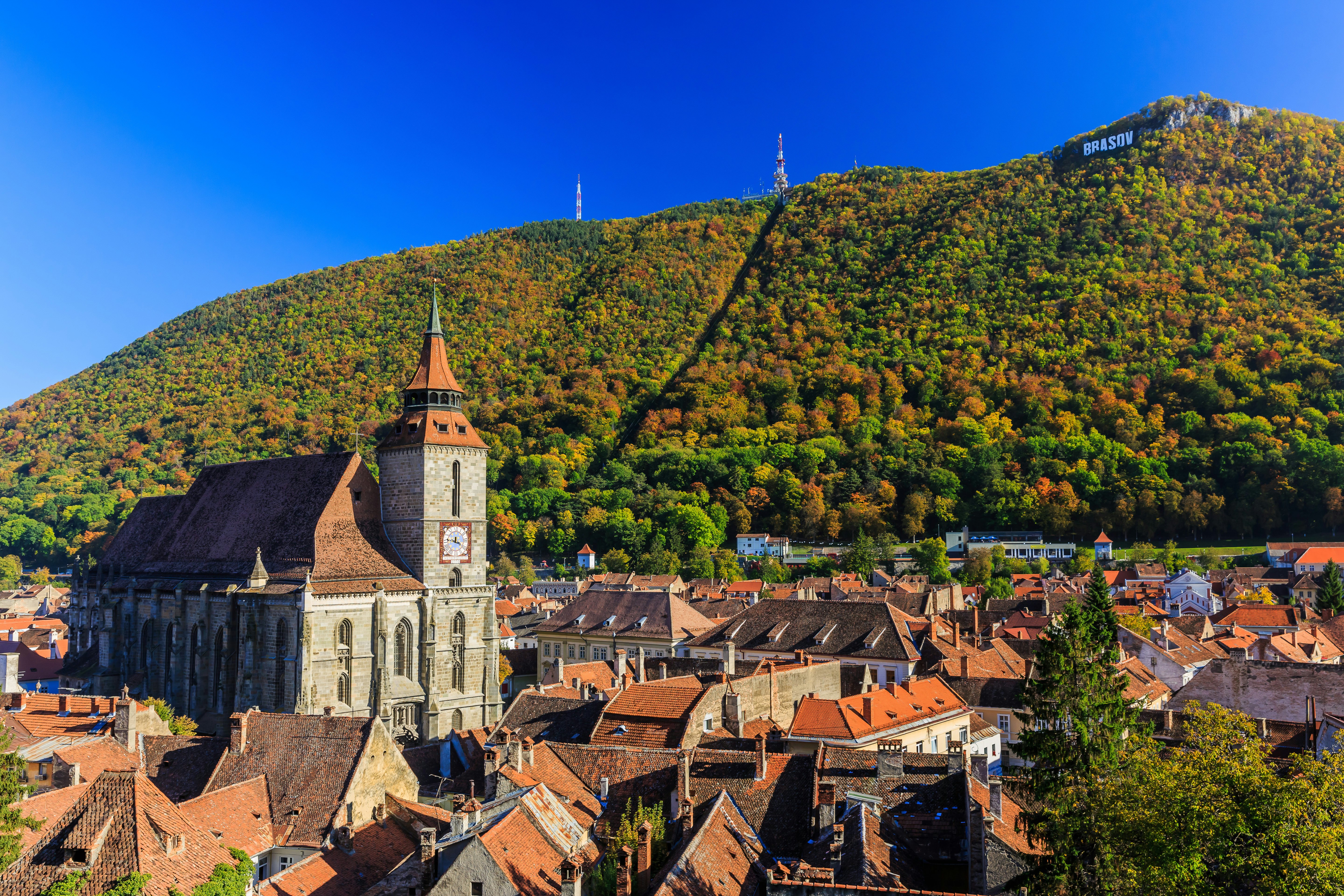
The 30 best countries, cities and regions to visit in 2025

The lush region of Maramureş is host to numerous Unesco-listed sites. Matt Munro / Lonely Planet
Situated in the southeastern corner of Europe, on the shores of the Black Sea, Romania has so far largely missed out on the global tourism boom. Tenuous associations with Bram Stoker’s fictional Dracula have long lured travellers to Transylvania, but much of the rest of the country, with its beautiful mountains and river valleys, rustic villages, and vibrant cities, has only recently begun to attract visitors. Before word gets out, here are seven exciting experiences awaiting you in Romania.
Bran Castle is often associated in the public eye with Dracula, and this wouldn’t be an article on Romania without a nod toward the infamous count, but the only bloodthirsty nobleman who ever stayed here was probably Romania’s own Vlad Țepeș (aka Vlad the Impaler), a 15th Wallachian prince who was famed for spiking the heads of his Turkish adversaries. But Bran doesn’t need Dracula to induce awe. The castle’s enormous mass of turrets and castellations, all looking over a foggy, desolate mountain pass, pretty much recalls every horror film ever made.
The Unesco-protected, 15th-century painted monasteries of Bucovina show off not just Romania’s enduring devotion to its Latin-flavoured Orthodox tradition, but also superb artistry and craftsmanship. The elaborate frescoes adorning both the interiors and exteriors of the half-dozen or so churches were largely inspired by the Moldavian prince and hero, Stephen the Great (Ştefan cel Mare). The frescoes illustrate everything from biblical stories to the 15th-century siege of Constantinople. The dizzying matrix of colours and intricate detail, like at the stunning Voroneţ Monastery, blend effortlessly with remote natural surroundings.
A visit to Maramureş in far northern Romania, above Transylvania, is like a trip back to a simpler, more rustic, more rural past. Isolated villages, separated from one another by vast, rolling fields and forested hillsides, cluster around stark wooden churches with weather-beaten, Gothic-style steeples. The region is home to several Unesco-listed churches, including at Bârsana, Budeşti, Deseşti, Ieud and Surdeşti. Stay for the weekend to see the villagers don their traditional Sunday dress.
Around 800 years ago, the Hungarian kings invited Saxon Germans to settle hilly Transylvania as a way of protecting the region from encroachment by the Ottoman Turks. That Saxon legacy lives on in the form of beautifully preserved cities like Braşov, Sighişoara and Sibiu, the latter of which still occasionally refers to itself by the German ‘Hermannstadt’. Admire the architectural heritage at Sighişoara’s Citadel fortress or Braşov’s Black Church. Don’t pass up the chance to see the pretty Saxon villages, straight out of a Grimms’ fairy tale, at Biertan and Viscri.
After meandering more than 2800km across the European continent, the powerful Danube River pours into the Black Sea in the northeastern corner of Romania. The Danube Delta is a vast protected wetland of water lilies and reeds, pushing up through the river’s countless tributaries. Visit the Central Eco-Tourism Museum of the Danube Delta in the port of Tulcea to see the varied flora and fauna that call the delta home. Ibis Tours runs regular birding outings, with chances to glimpse species like the white-tailed eagle, bee-eater, great white egret and the roller.

The vast Carpathian mountain chain runs down the centre of the country, separating the historic provinces of Transylvania and Moldavia, and creating a far-reaching Romanian rooftop that feels on some days as if you’re gazing out over the entire country. Trekking is the best way to experience this riveting landscape of peaks, forests and pastureland. The Retezat Mountains of southwestern Transylvania, part of the Retezat National Park, sport some 80 glacial lakes and several peaks that push upwards of 2000m.
The year 2019 marked 30 years since dictator Nicolae Ceaușescu was deposed in a popular revolt, but his memory lives on in the form of a gigantic palace that rivals in size both the Pentagon and the Taj Mahal. The sheer scale of the building serves as a testament to the folly of dictatorship, though the elaborate interiors, in room after room after room, showcase the quality of Romanian materials and workmanship. After touring the building, repair to one of the energetic capital’s dozens of cafes, bars and restaurants.
The majority of international flights arrive at Bucharest’s Henri Coandă International Airport. Several other cities have international airports that service mostly domestic routes, but also have flights to select European cities. Most international trains access the country via Budapest and onward to Braşov and Bucharest. Once inside Romania, an extensive bus and train network links major cities and towns.
Inside the campaign to create a ‘Yellowstone of Europe’
Top Bucharest festivals to plan a trip around
10 things you need to know before visiting Transylvania